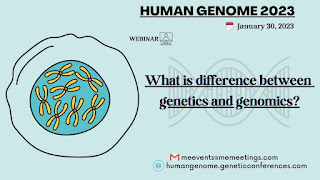What diseases can Pre-implantation genetic diagnosis(PGD) detect?
Pre-implantation genetic diagnosis is a method
used in conjunction with in vitro fertilizations, or IVF, that enables testing
of embryos for specific traits like their chromosomal make-up as well as
testing for genetic illnesses that are handed down via families. In vitro fertilizations and preimplantation genetic diagnostic tests can be done on a
couple's embryos to determine whether one or both partners are carriers of a
genetic mutation that could cause a major medical problem in the kid.
In the past, couples with a genetic mutation had
the option of choosing not to have children or having prenatal testing done
with either amniocentesis at around 16 to 18 weeks of pregnancy or with
chorionic villus sampling at around 11 to 12 weeks to determine whether the baby
was affected by the genetic condition. In case the unborn child has the
disease, the couple then has the choice to abort the pregnancy. Nowadays,
carriers of genetic illnesses have the option of having IVF and PGD performed
to check their embryos before uterine implantation.
This kind of testing does not work for all
disorders. A faulty gene is inherited and leads to single gene illnesses. These
conditions are categorized as recessive or dominant. For a recessive ailment to
be passed on to the offspring there must be two defective copies of the gene.
One faulty gene copy is all that is required to develop a dominant single gene
condition.
The most common single gene disorders that PGD has been used for are:
- Cystic fibrosis
- Tay-Sachs disease
- Spinal muscular atrophy (SMA)
- Hemophilia
- Sickle cell disease
- Duchennes muscular dystrophy
- Thalassemia
Currently, more than a thousand single gene diseases have been found. Many of these illnesses are incredibly rare. However,
some are so prevalent in particular ethnic groups that routine testing to see
if someone is a carrier is advised prior to becoming pregnant. This is
frequently known as carrier genetic testing (or screening).



Comments
Post a Comment